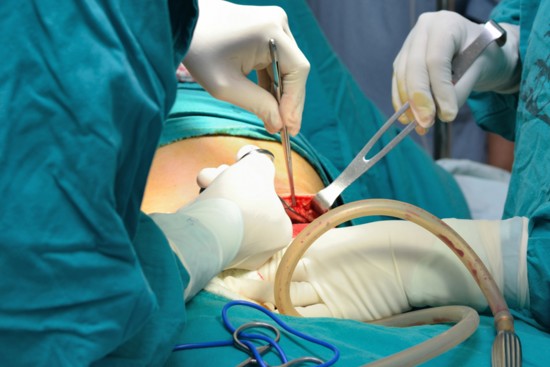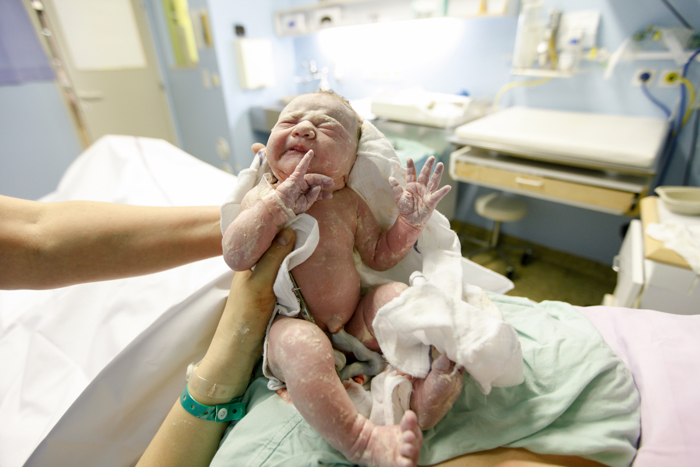When do a ventouse or forceps have to be used?
There are several reasons why a ventouse or forceps have to be used during childbirth.
Situations can sometimes arise where the baby has to be helped out more quickly than if you were to push out the baby yourself:
- if the baby is showing signs of stress or poor oxygen supply.
- if the baby has entered the birth canal or vagina in an awkward position, which causes the process of childbirth to stop or results in the baby needing help to pass through the vagina.
Situations can arise where you need assistance in order to push out your baby, e.g. in the following cases:
- Long labour
- Less frequent and weaker contractions
- If the mother is ill, for example has a cardiovascular disease, high blood pressure or pre-eclampsia
After examining you, the obstetrician will decide which type of childbirth method would be best for your and your baby.
Ventouse
Ventouse is also known as a vacuum cup. This is a metal or rubber cup which is attached to the baby’s head by suction. The obstetrician will help to pull your baby down your vagina while you push.
After the delivery, the baby will often have a mark and/or swelling on its head where the ventouse was attached. This will disappear quickly, but some babies can also develop a bruise, which will disappear gradually within a few days.
Forceps
Forceps, which look like large spoons or tongs, consist of two identical arms which are curved to fit the baby’s head. The arms of the tongs close around the baby’s head without actually closing against the head. When the tongs are in position, the obstetrician will pull the baby down through your vagina while you push.
There are various types of forceps. Forceps are also used for breech births in order to help the baby’s head out. After a forceps-assisted delivery, red marks will often be visible on the baby’s cheeks. These will disappear rapidly after the birth.
It is sometimes not possible to deliver a baby even using a ventouse or forceps. A caesarean section will then be necessary.

Caesarean section
Caesarean section can be performed either as a planned operation or as an emergency procedure.
Illustration: Phuchong Choksamai / Mostphotos
